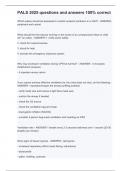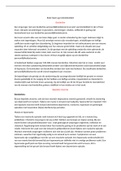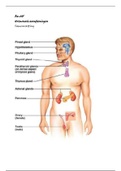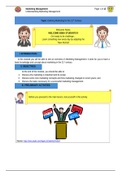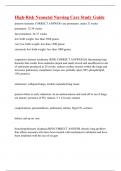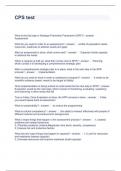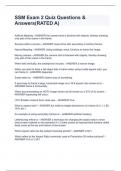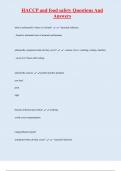Examen
PALS 2025 questions and answers 100% correct
- Grado
- Institución
Which pulses should be assessed to monitor systemic perfusion in a child? - ANSWER-peripheral and central What should the first rescuer arriving on the scene of an unresponsive infant or child do? (in order) - ANSWER-1. verify scene safety 2. check for responsiveness 3. shout for help 4. acti...
[Mostrar más]
